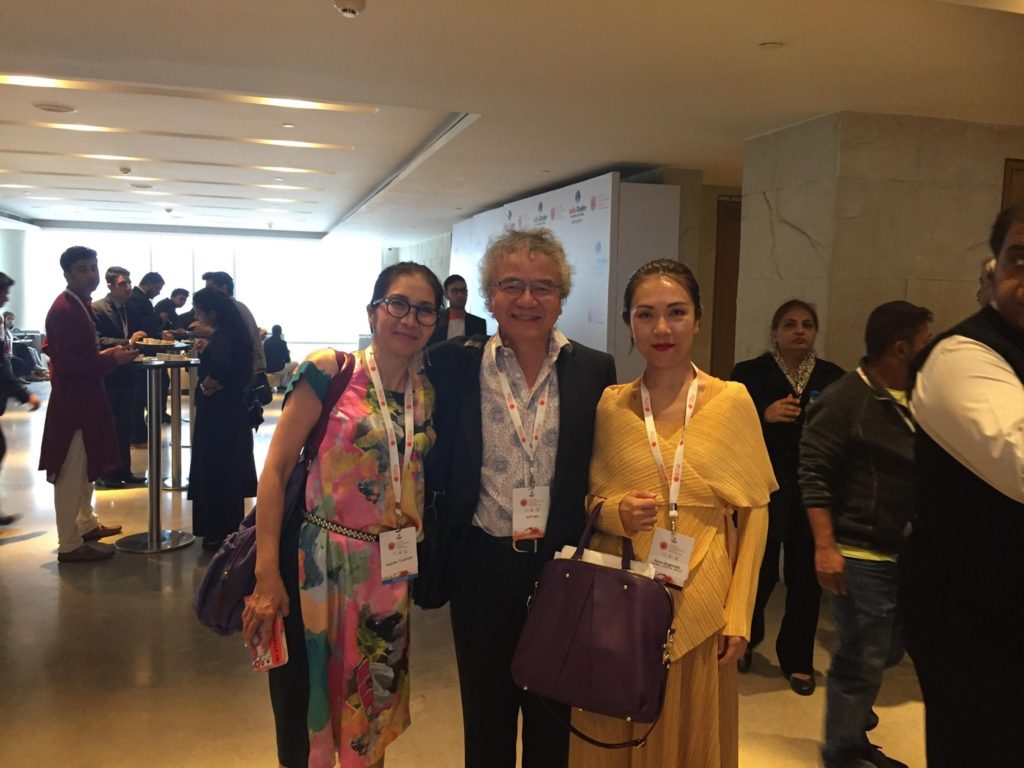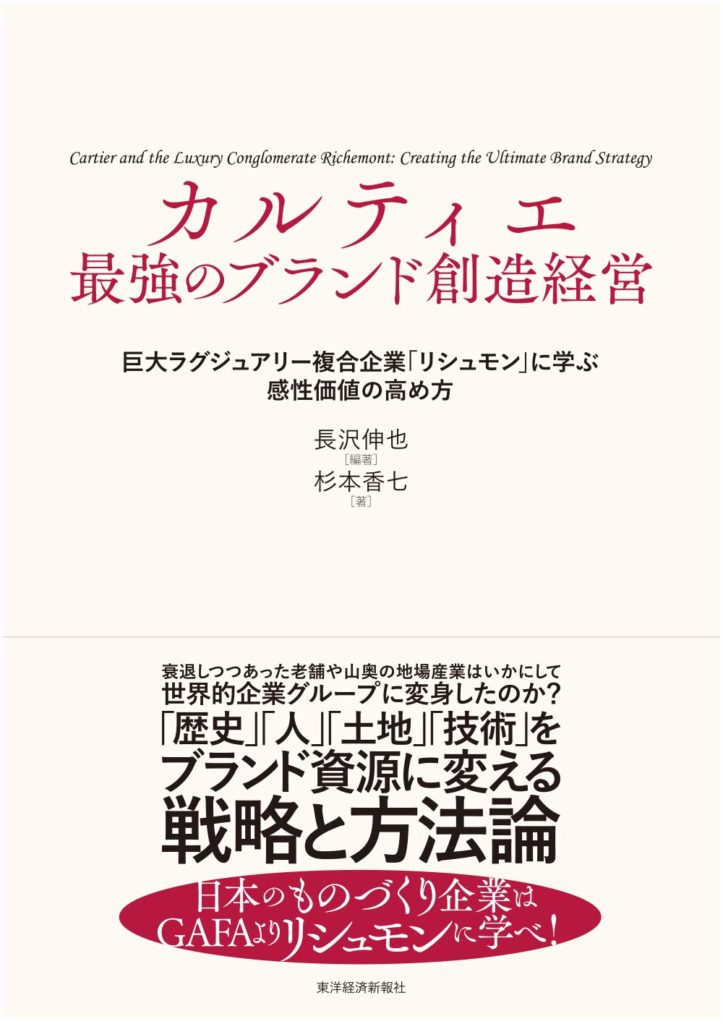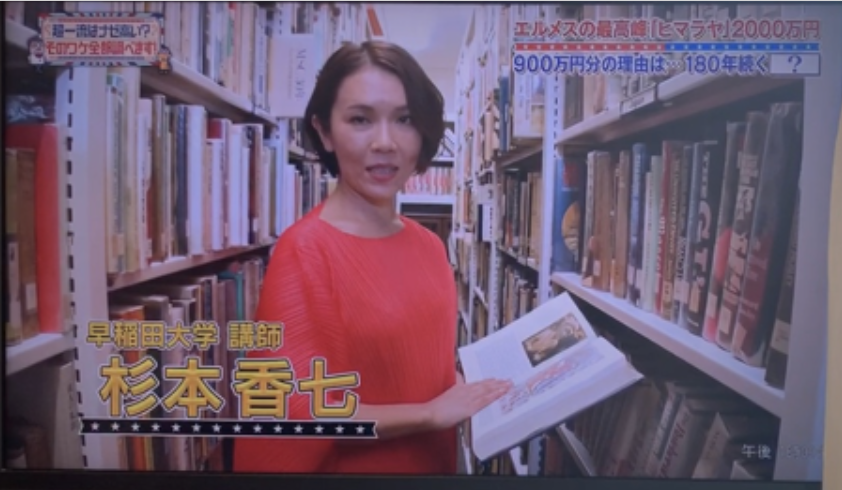Lecturer Interview ーKana Sugimotoー
Seekers Base Japan Founder /CEO Kayoko Tsuchiya asked questions to Kana Sugimoto regarding her recent works and newly offered program “The Art of 老舗ーShinise” – Transnational Courses.
Nov. 04, 2021 - Array



Kana: The theme I am pursuing as a researcher is a way to create high value brand equity, that comes with longevity of the brand and solid trust from a loyal fan base who appreciates the brand’s core value. Cartier is a well-known brand in Japan, so I chose Cartier as the title of the book, but the content is actually about Richemont Group’s brand management. There are quite many European brands that are well versed in creating brand values, building and managing their values well. Among them, the success stories of the luxury industry are particulary remarkable. As a global trend, there is an increasing number of cases where small and medium-sized brand companies are being acquired and become part of the umbrella of the larger group, and they are making a leap forward, benefiting from thier economic power that allow them to scale, and synergies within the group. In the luxury field, there are three major conglomerates, LVMH, Richemont, and Kering. There is a commonality between Japanese Shinise companies and the resource management of the watches and jewelry brands under the Richemont Group. In other words, many Japanese companies that create value centered on intangible elements such as outstanding technology, long history, and its tradition, but are not able to build a strong brand, have much to learn from Richemont’s brand management. The original purpose of this book was to introduce the “Richemont Group”, which was hardly known by Japanese, so we have been planning on writing about it for about 10 years, then during the pandemic, the degree of attention increased on higher quality and lasting values of products, thus we switched the angle a bit and published this book focusing on the methodology of brand value creation.
Kana: First of all, they both have an unwavering philosophy for producing high-quality products supported by their history, culture, and craftsmanship. European luxury brands are good at recognizing their own value and know how to best promote them, and many brands have skill sets and will to expand the brand globally. On the other hand, there are many cases where some Shiniseーlong-established Japanese companies have great assets but do not recognize their own values, and even if they do recognize, they are not so good at communicating those values. It is a characteristic of Japan that many companies lack skill sets on how to appeal overseas customers. However, there are excellent Japanese companies who have good strategies and tactics, and successfully overcame handicaps that are typical to mono language culture exist in the island country. Even global companies have a lot to learn from those successful Japanese comapnies as to how they created new demands in the new demand in the market and are successfully recognized both in Japan and overseas.
Kana: MBA students and professionals outside of Japan have almost no chance to encounter the above-mentioned examples of “excellent Japanese companies.” Since the MBA theories was originated in the United States and tends to shed light on scalabilities, efficiency, and high-tech cases in the large market like China, and India, long-established Japanese companies are steadily ”creating and producing only quality products that are reasonably priced with the lasting value” and “intentionally not pursuing scaling”. The idea seems re-freshing to the traditional MBA students as the concept is unique from what they have learned at the school. It’s exciting to hear pure surprises and admirations from MBA students who have interacted with Shinise company’s executives at the real opeartion/manufacturing site in Japan. Thus I would like to keep promoting these activities to global executives for them to experience and see how Shinise companies are operated.
Kana:With this pandemic, it has been difficult to visit the real site, but I think this is an opportunity. Japan’s small and medium-sized enterprises and Shinise, long-established enterprises have long been engaged in activities to show manufacturing sites to the general public, even to competitors and are also active in finding new ways to use SNS and IT tools to show their operation. Using the constrained environment of a pandemic as a spring boad, I think we can provide realistic tours to people overseas without having to come to the site, and we can also provide interactive, deep-level courses using Zoom and videos. Of course, there are feelings and information that can be obtained only by visiting he actual site , so I am looking at desining a hybrid transnational courses that have not existed in the world yet!
End